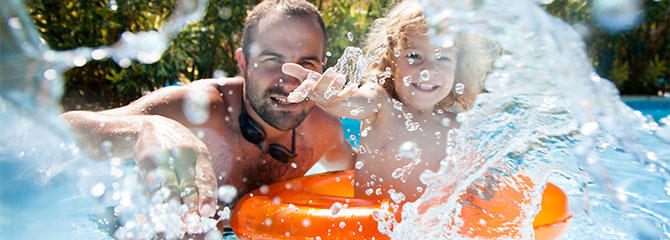Physical Activity

Physical activity is important for everyone. It produces positive physical, psychological, and social benefits. Physical activity is any activity that causes your body to work harder than normal. That means more than daily routine activities such as sitting, standing, and walking up stairs. And, of course, physical activity includes exercise.
Regular physical activity helps:
- Control weight
- Build healthy bones, muscles, and joints
- Reduce blood pressure
- Raise high-density lipoprotein (called good cholesterol)
- Reduce the risk of diabetes, heart disease, stroke, and some types of cancer
- Improves psychological well-being, including self-confidence and self-esteem; decreases feelings of depression and anxiety
Studies have found that increased physical activity is associated with an increased life expectancy and decreased risk of several chronic diseases.
Can Physical Activity/Exercise Help People With Bleeding Disorders?
Yes! Physical activity and exercise are important for people with bleeding disorders, too. They help develop strong muscles and bones, which can help stabilize joints and prevent injury and bleeds. Allowing your child to participate in age-appropriate play activities will help prepare him or her to join peers in recreational and organized sports. It will also build self-esteem by helping your child develop the same skills as his or her friends and classmates.
Sports and games are an important part of childhood. The physical, social, and emotional benefits your child will gain should outweigh most of the concerns about his or her participation.
Age-Appropriate Play Activities
Work with your hemophilia health care provider to find age-appropriate physical activities and sports that are fun and safe for your child.
Increasing physical activity also means reducing screentime (for example, watching television, playing computer or video games, or talking or texting on the phone).
HERE ARE SOME tips FOR CHILDREN OF DIFFERENT AGES
Toddlers
- Encourage your toddler to be active
- Use cushioned protective corners on tables; consider placing gates at the top and bottom of staircases and carpeting on floors
- Supervise play time
- Have your child wear appropriate safety equipment (for example helmets, elbow pads, and knee pads)
